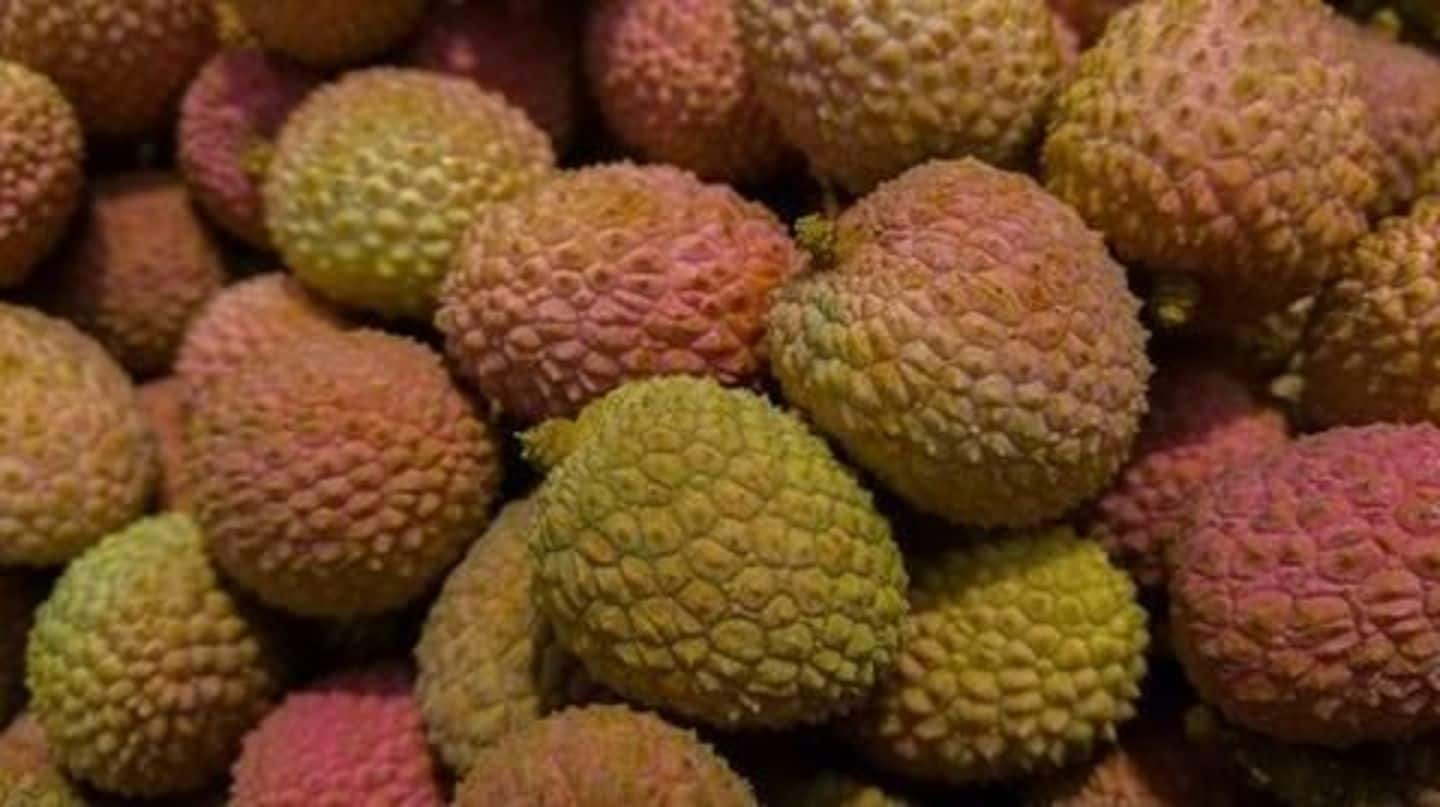
US, Indian researchers identify deadly Bihar disease
What's the story
Researchers from the US Center for Disease Control and India's National Centre for Disease Control identified the mysterious illness that has killed hundreds of children annually in Bihar's Muzaffarpur and adjoining districts. Scientists said the cause of the deaths was consumption of the Litchi fruit on an empty stomach. The disease causes acute seizures and changed mental status and has affected Muzaffarpur since 1994.
Deaths
Over 1000 mysterious deaths since 1994
Muzaffarpur and its adjoining areas have witnessed mysterious seasonal deaths annually since 1994. Over 1000 children have been killed so far. The disease bears a striking resemblance to Japanese encephalitis, however, authorities have been unable to ascertain the exact cause of death. Locals called the disease 'chamki ki bimari'. Patients reported high fever, followed by bouts of unconsciousness and convulsions.
2013, 2014
Mystery illness kills hundreds of children
Between May-July 2013, over 156 children were admitted to hospitals in Muzaffarpur. Several more were admitted in the adjoining areas with similar symptoms. At least 103 children died in 2013 according to the US CDC. Between May-July 2014, over 170 children were admitted to hospitals in Muzaffarpur and adjoining areas. 97 died in 2014. Authorities linked the deaths to a possible new-strain of encephalitis.
Information
All deaths during Litchi season
Authorities noticed that the outbreak of the disease coincided with the Litchi harvest season in Muzaffarpur. The Muzaffarpur strain of Litchi ripens in first week of May and is less prone to splitting due to favourable weather.
Killer Litchis
How could litchi kill?
Authorities discovered that most of the affected children spent their afternoons during the litchi harvest season at orchards eating the fruit, as a result of which they would usually skip evening meals. Skipping meals led to hypoglycemia (low-blood-sugar) in the nights. The body usually metabolizes fat and muscle to make up for lost sugar. However, Litchi contains hypoglycin A and methylenecyclopropylglycine which prevents fat-metabolism.
Information
Low blood sugar was the killer
The inability of the childrens' bodies to metabolize fatty acids to replenish blood sugar levels led to decreased brain activity. The dangerously low levels of blood sugar led to seizures and strokes similar to those faced by diabetic patients, leading to death.